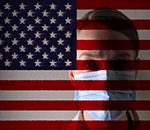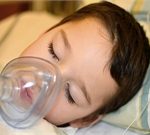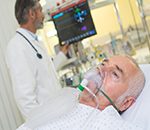
In a finding that illustrates how distracted driving laws are saving lives, researchers report that car crash deaths among teens plunged by one-third during a period when the number of U.S. states with such laws on the books tripled. “We found that states which had primary enforced distracted driving laws had lower fatal crashes involving 16- to 19-year-old drivers and passengers,” said study author Dr. Michael Flaherty. He’s an attending physician in pediatric critical care medicine with both Massachusetts General Hospital and the Shriners Hospitals for Children in Boston. Flaherty explained that “primary” distracted driving laws are the kind that authorize police to pull over a driver specifically because of a distracted driving infraction. In all, 40 states had that kind of law in place to ban texting while driving by 2017. By 2017, another six states had so-called “secondary” texting bans on the books, meaning distracted driving could only be cited if a driver was already pulled over for another reason. Beyond texting alone, 34 states had banned all cellphone use among novice drivers by 2017, Flaherty added, while 12 states had banned all cellphone use among drivers of all ages. To assess the impact of those laws, Flaherty’s team reviewed statistics on 38,000 fatal crashes, drawn from U.S. National Highway Traffic Safety Administration data. They indicated that between 2007 and 2017, the overall… read on >
















